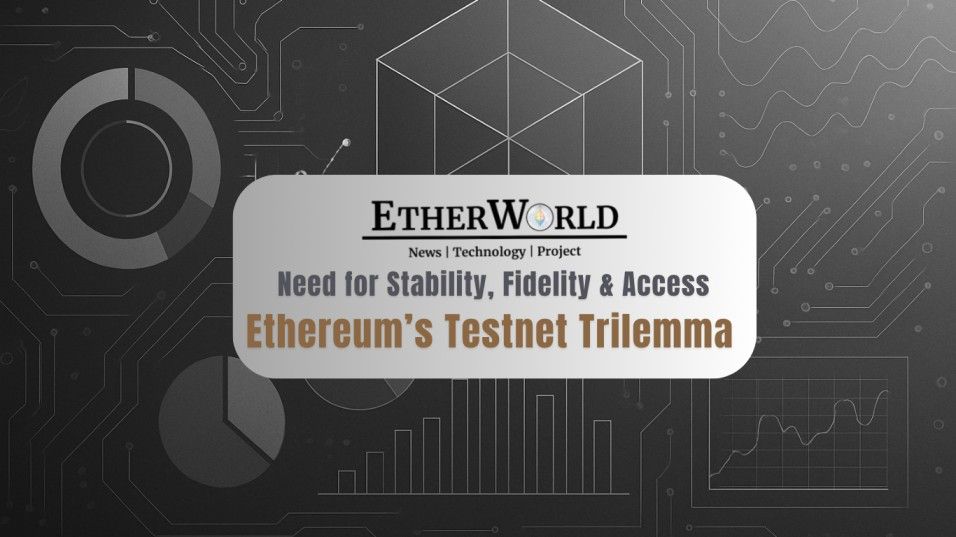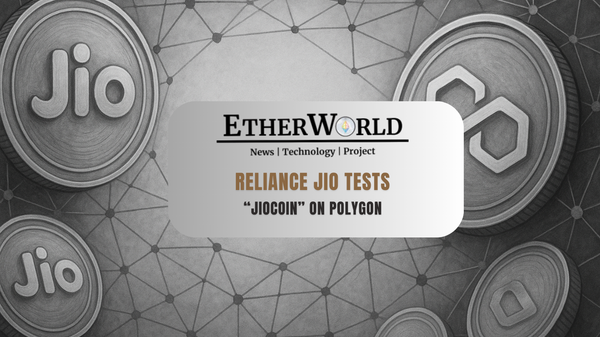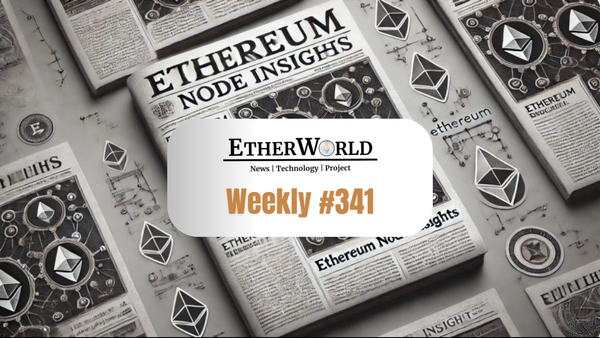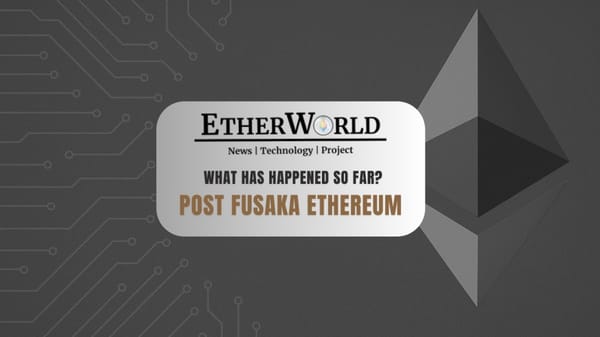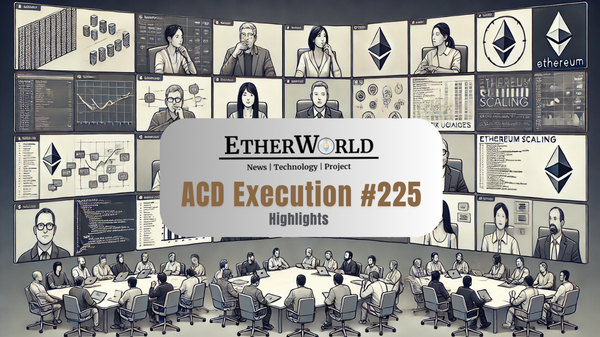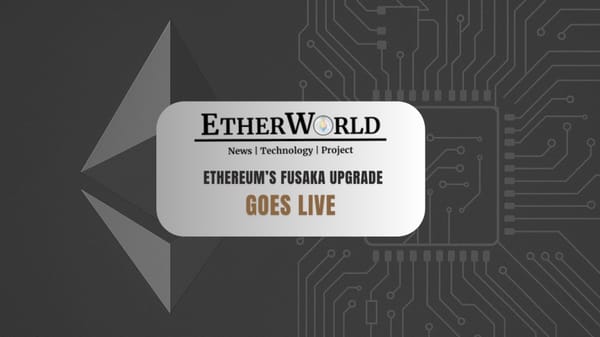Testnets are designed to offer developers a risk-free environment to build, test, and iterate. But in reality, their frequent instability, short lifespans, and lack of alignment with Ethereum mainnet have quietly turned them into barriers rather than enablers.
To define what the ideal testnet could look like, we must first identify where the current ones fall short.
Why Current Testnets Don’t Last Long Enough?
One of the most persistent problems Ethereum developers face is the lack of a truly long-lasting testnet. Networks like Ropsten, Rinkeby, and Goerli have all been deprecated over the years. With each shutdown:
- Developers must migrate contracts.
- Tooling and infrastructure need to be rebuilt.
- Teams face deployment risks and slowdowns.
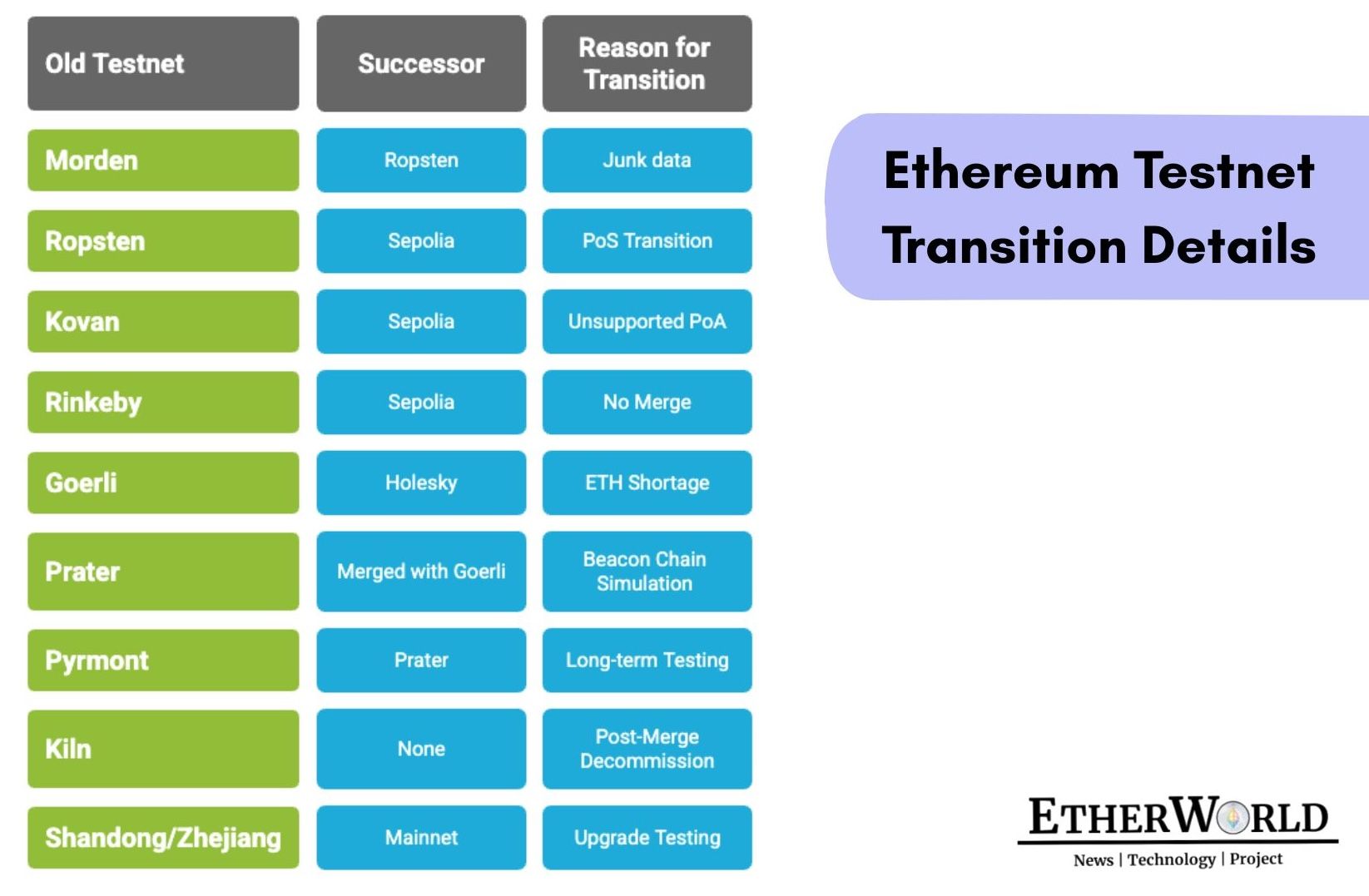
This recurring cycle creates friction—especially for smaller teams with limited DevOps capacity. A persistent testnet would break this pattern, offering developers a dependable staging ground where smart contracts and integrations could be tested without the looming threat of forced migration.
Ethereum applications today rely on a web of interconnected services, not just isolated smart contracts. A typical dApp might depend on:
- Oracles
- Decentralized exchanges (DEXes)
- Cross-chain bridges
- Block explorers
- Analytics platforms
- Naming services like ENS
Rebuilding this stack in a local environment is often impractical—and in some cases, impossible.
Many of these dependencies rely on infrastructure that cannot be easily replicated, such as Validator networks, MEV relays & Block builders. In such cases, a high-fidelity public testnet is the only way to realistically simulate these components. Without it, developers must choose between:
- Incomplete, error-prone local simulations, or
- Skipping full integration testing altogether
This fragmentation reveals its true cost when bugs surface in production—bugs that could have been caught earlier with a robust testing environment. A testnet that mirrors Ethereum’s real-world infrastructure is no longer just helpful—it’s critical for safe, reliable, and scalable deployment.
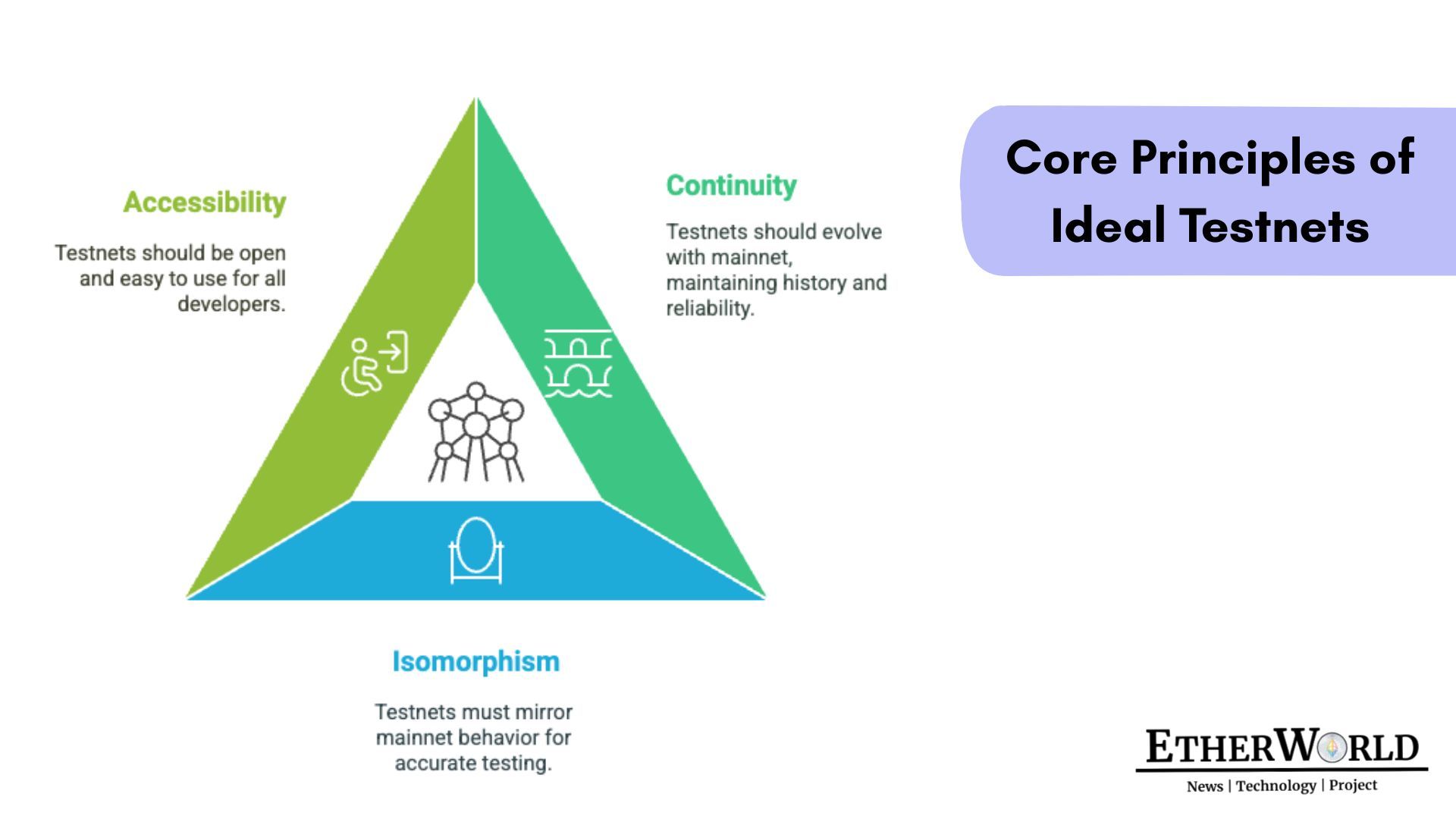
What the Ideal Testnet Should Look Like?
To address these gaps, a modern Ethereum testnet must embody three core principles: continuity, isomorphism, and accessibility.
- Continuity: Testnets should not be disposable. They should evolve with Ethereum mainnet—forking in sync, upgrading in tandem, and maintaining contract history. This allows developers to rely on the testnet long-term, just like they would with mainnet.
- Isomorphism: The ideal testnet must behave just like mainnet. That means identical gas rules, validator logic, and infrastructure integrations. Testing results should match production behavior. When developers test on such a network, they can deploy with confidence.
- Accessibility: Testnets shouldn’t be gated or hard to use. They should offer open access to validators, functioning faucets, scalable throughput, and simple onboarding. Whether you’re a solo developer or a large protocol team, the experience should be consistent and inclusive.
Ethereum’s future growth depends on the quality of its infrastructure—not just the quantity. Instead of launching yet another short-lived testnet, the focus must shift toward launching the right one: a testnet built to last, to match, and to serve. A persistent, mainnet-accurate, and universally accessible testnet will not only support developers—it will help safeguard Ethereum’s long-term credibility as the world’s most trusted decentralized platform.
Resources: Methodology for Ethereum (testnet) Networks
If you find any issues in this blog or notice any missing information, please feel free to reach out at yash@etherworld.co for clarifications or updates.
Related Articles
- Ethereum's Hoodi Testnet Launched
- New Ethereum Testnet ‘Hoodi’ Announced for Pectra Testing
- Holesky Testnet Support Ends in September
- Ethereum Testnets after The Merge
- The Evolution of Ethereum Testnets
Disclaimer: The information contained in this website is for general informational purposes only. The content provided on this website, including articles, blog posts, opinions, and analysis related to blockchain technology and cryptocurrencies, is not intended as financial or investment advice. The website and its content should not be relied upon for making financial decisions. Read full disclaimer and privacy Policy.
For Press Releases, project updates and guest posts publishing with us, email to contact@etherworld.co.
Subscribe to EtherWorld YouTube channel for ELI5 content.
Share if you like the content. Donate at avarch.eth.
You've something to share with the blockchain community, join us on Discord!


